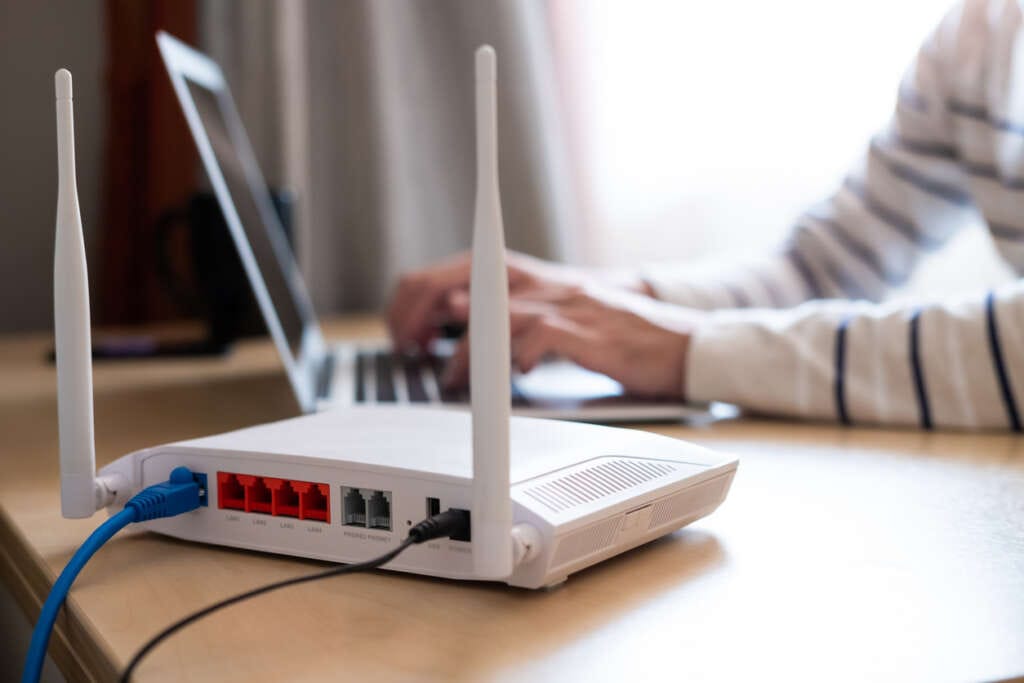

The meaning of the phrase “going to work” has changed in ways we never would have thought over the last 2 years. Surveys found that 84%of people in the UK will continue working flexibly post-COVID. But as we embrace this remote working lifestyle, something businesses aren’t paying enough attention to is the increased vulnerability to cyberattacks. More than 80% of UK businesses experienced a successful attack in 2021/2022, and over 42 million users had their financial information compromised!
The movement to remote working requires applications to shift towards being hosted on a cloud network, as opposed to traditional corporate data centres. This expanded attack surface is a target for hackers especially in the finance sector due to the sensitive information being exchanged. It poses an increased risk of a security breach. Yet industry research firm Omdia estimates that only 15% of enterprises have a fully developed approach to cybersecurity and digital risk.
Being cyber complacent when it comes to networking strategy is a risk no business or institution across any sector can afford in this era of remote working, not when cybercrimes are set to cost companies worldwide an estimated $10.5 trillion annually by 2025.
Can traditional security hinder the user’s experience?
Leaders need to review their network security strategies to secure the ever-expanding perimeter of their estate while also ensuring a seamless, satisfactory user experience. Firewalls alone protecting the network perimeter are no longer sufficient because the new corporate perimeter is everywhere and is increasingly based on identity rather than geography.
More enterprises are adopting the Zero Trust approach, where access to data and applications is granted on the basis that each individual user should only be given access when explicitly authenticated and authorized. However, security needs to go hand-in-hand with an employee-friendly experience to ensure maximum productivity.
Key questions that the core security team needs to ask themselves when it comes to their security and networking strategies include: “How are my users operating? How are my suppliers and partners operating within my infrastructure? How are my customers interacting with my users? Do they feel safe doing that? Do they feel efficient? And is it a good experience?
A SASE (Secure Access Service Edge) framework addresses the growing requirement for simple, flexible, and secure access to enterprise resources in an environment characterized by the widespread use of digital technologies, broad adoption of cloud applications and a remote workforce. If implemented correctly, the integration of software-defined networking and cloud-based security reduces complexity, while also providing the ability to set and automate network and security policy – including secure, individualized, accelerated access to the cloud resources companies are increasingly relying on.
The ticket to a secure network
Leaders and security teams must work together to empower and protect the business’s network. Only then can you provide digital experiences which inspire trust in both users and the workforce alike.
Critically, network security teams should look to integrate cloud delivery models, such as Zero Trust Network Access, with software-defined networking to synergise the business’s connectivity and security, and support centralized policy control at a site and user level. This promises scalability and will enable enterprises to extend the reach of the network security perimeter to any endpoint.
As the traditional network boundaries continue to be stretched by the evolution of the world of work, it is imperative that institutions bolster their defences to account for the larger area that a work force can operate from.


